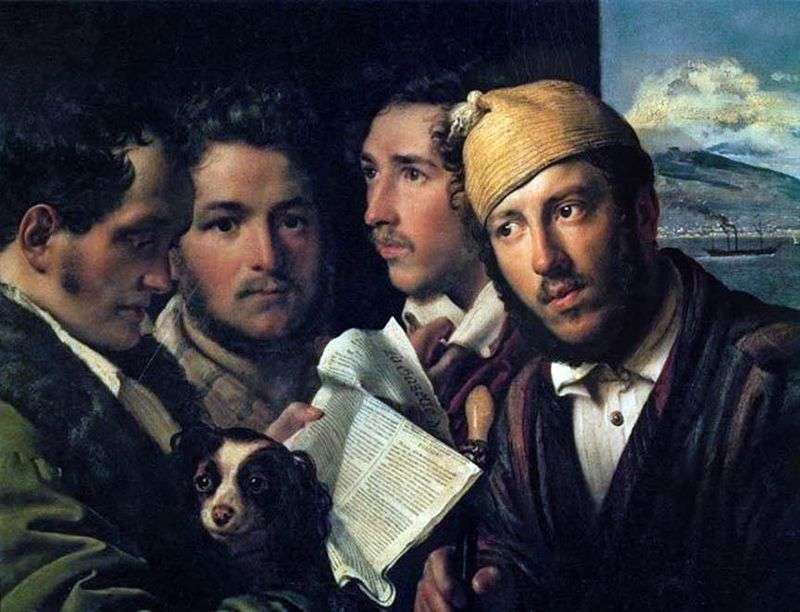
This masterpiece, which stands alone in the work of Kiprensky, is not fully understood until now. We see the name of the French newspaper, which is read by the “readers”, and the theme of the message that greatly disturbed them is “Pologne”. That is, it is about the events in Poland, where in November 1830 a liberation uprising broke out, resulting in its cruel suppression by the tsarist troops and the abolition of the Constitution of 1815, bestowed by Alexander I on the Polish people.
European newspapers then rustled a lot about the “Tatar cruelties” of the autocratic regime; Russian society in the assessments of what happened is split. Pushkin, for example, having written a poem to the “Slanderers of Russia,” completely took the side of the tsar. The most important question that arises about the picture is who is depicted on it? Responding to it, we will understand its pathos.
The author himself in one of the letters spoke about “Russian travelers”. But, perhaps, thereby, he deliberately misled spectators, vested with power in his homeland. In any case, there is an opinion that we are facing Polish revolutionaries. To write a group portrait, our hero, most likely, conceived, not without a backward thought to compete with Bryullov, the rising star of which eclipsed the former European glory of Kiprensky. This was made clear to the latter immediately upon his return to Italy in 1829. The competition turned out to be interesting, although in the process of implementing the idea, the author of “Readers of newspapers” “ran” completely out of the “treadmill”, on which his rival set his records.
The group portrait of Kiprensky – apart from the fact that it did not ask anybody about it, turned into a genre – turned out to be completely innovative in a formal sense: the author built the whole solely on the psychological interconnection of characters united by common thoughts, worries and excitement. It was this excitement and concentrated attention that became the stumbling block for contemporaries, who did not believe too much that Polish events could be so interested in idle Russian travelers. They talked about “people of Polish nationality.” Even that one of the characters in the picture is Adam Mickiewicz, whose dislike for Russia was known to everyone.
Emperor Nicholas I did not support such interpretations. President of the Academy of Fine Arts A. Olenin, informing the artist in Italy about the public display of his paintings at the academic exhibition held in the autumn of 1833, wrote: “Your paintings, and especially the Travelers, admired the audience, the confluence of which was extraordinary.” The emperor was very admiring your works, asked who they belong to… “Our artist, trying to reproduce the group attention that formed the basis of this masterpiece, stopped on the two characters depicted on the left.
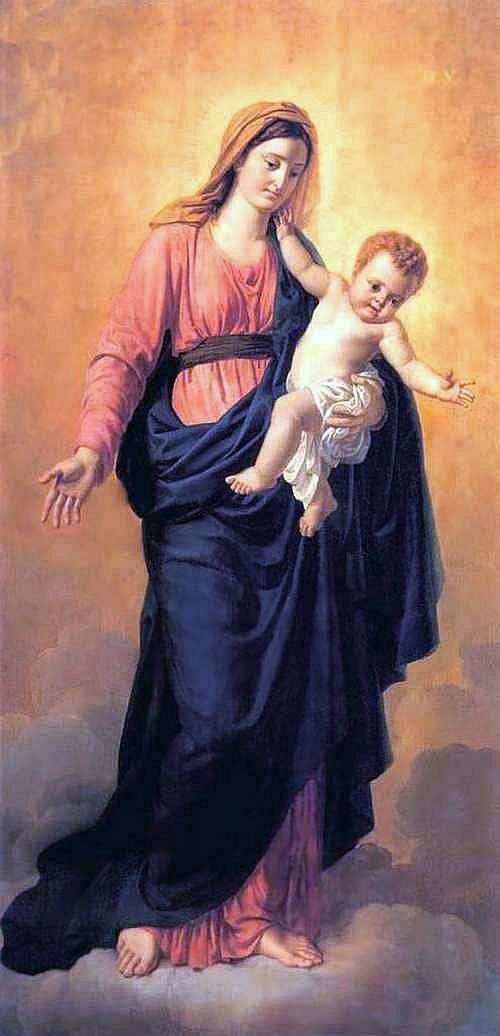 The Virgin and Child by Orestes of Kiprensky
The Virgin and Child by Orestes of Kiprensky Portrait of Count F. V. Rostopchin by Orest of Kiprensky
Portrait of Count F. V. Rostopchin by Orest of Kiprensky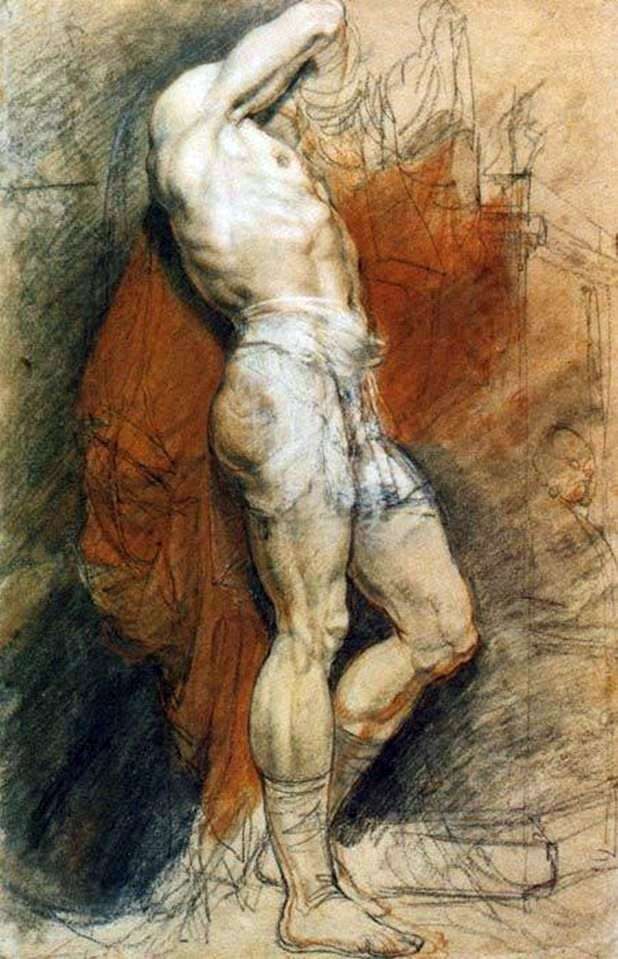 The model on the background of red drapery by Orestes Kiprensky
The model on the background of red drapery by Orestes Kiprensky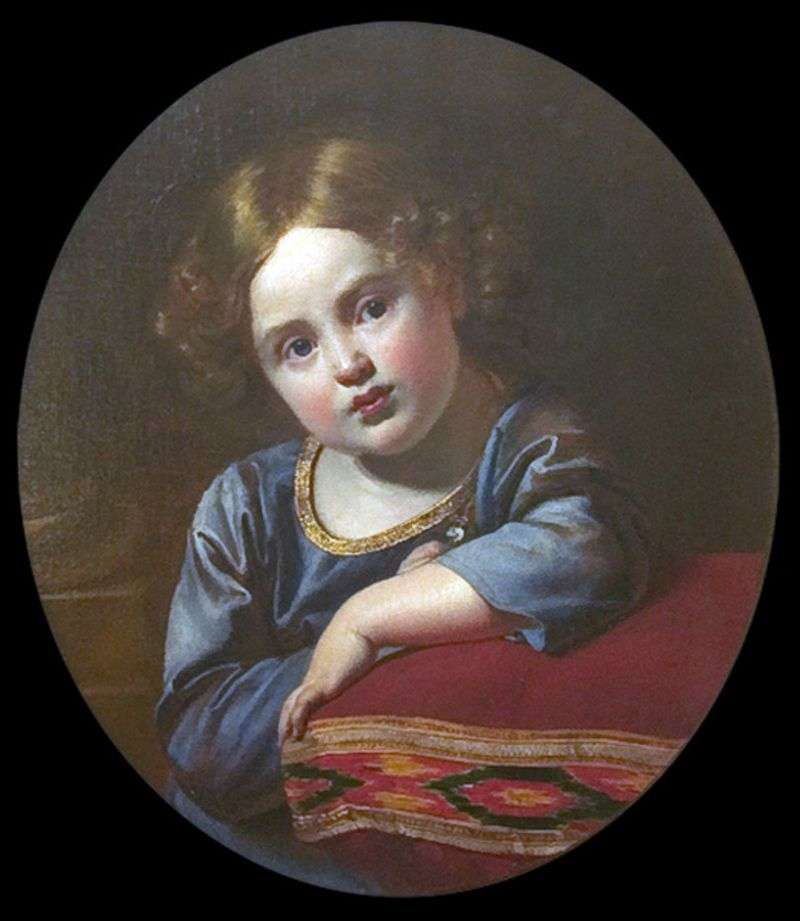 Portrait of E. G. Gagarin in his childhood by Orest Kiprensky
Portrait of E. G. Gagarin in his childhood by Orest Kiprensky Portrait of Adam Mickiewicz by Orest of Kiprensky
Portrait of Adam Mickiewicz by Orest of Kiprensky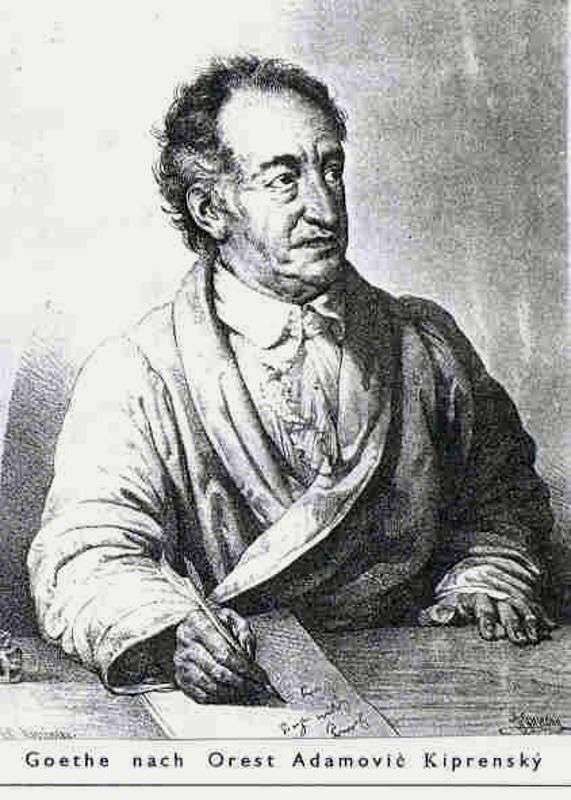 Portrait of Goethe by Orest of Kiprensky
Portrait of Goethe by Orest of Kiprensky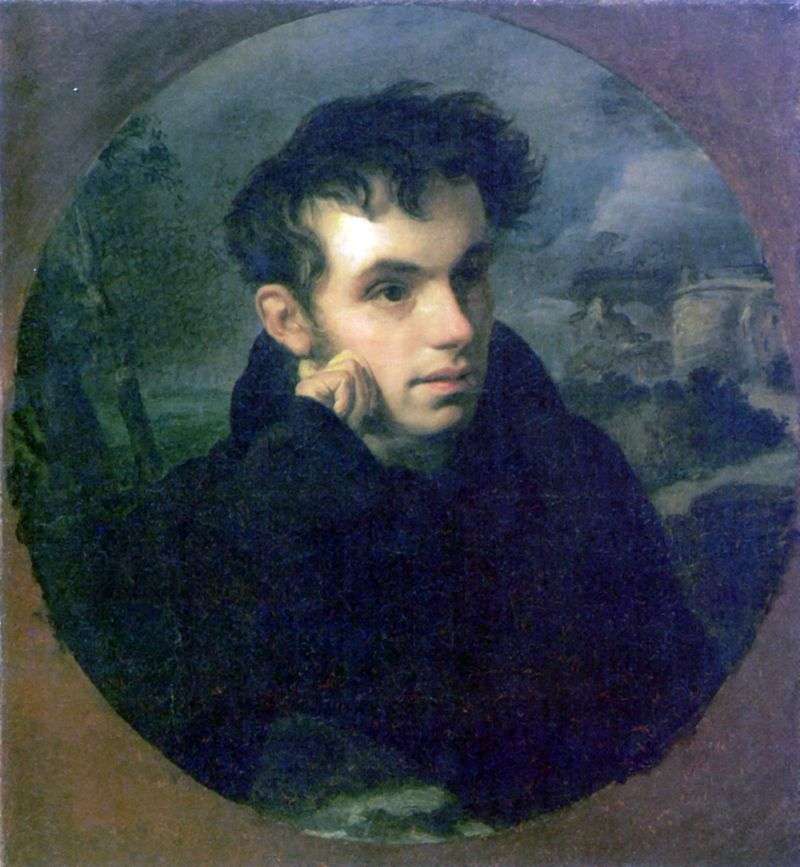 Portrait of V. A. Zhukovsky by Orest of Kiprensky
Portrait of V. A. Zhukovsky by Orest of Kiprensky Portrait of actress ES Semenova by Orest Kiprensky
Portrait of actress ES Semenova by Orest Kiprensky